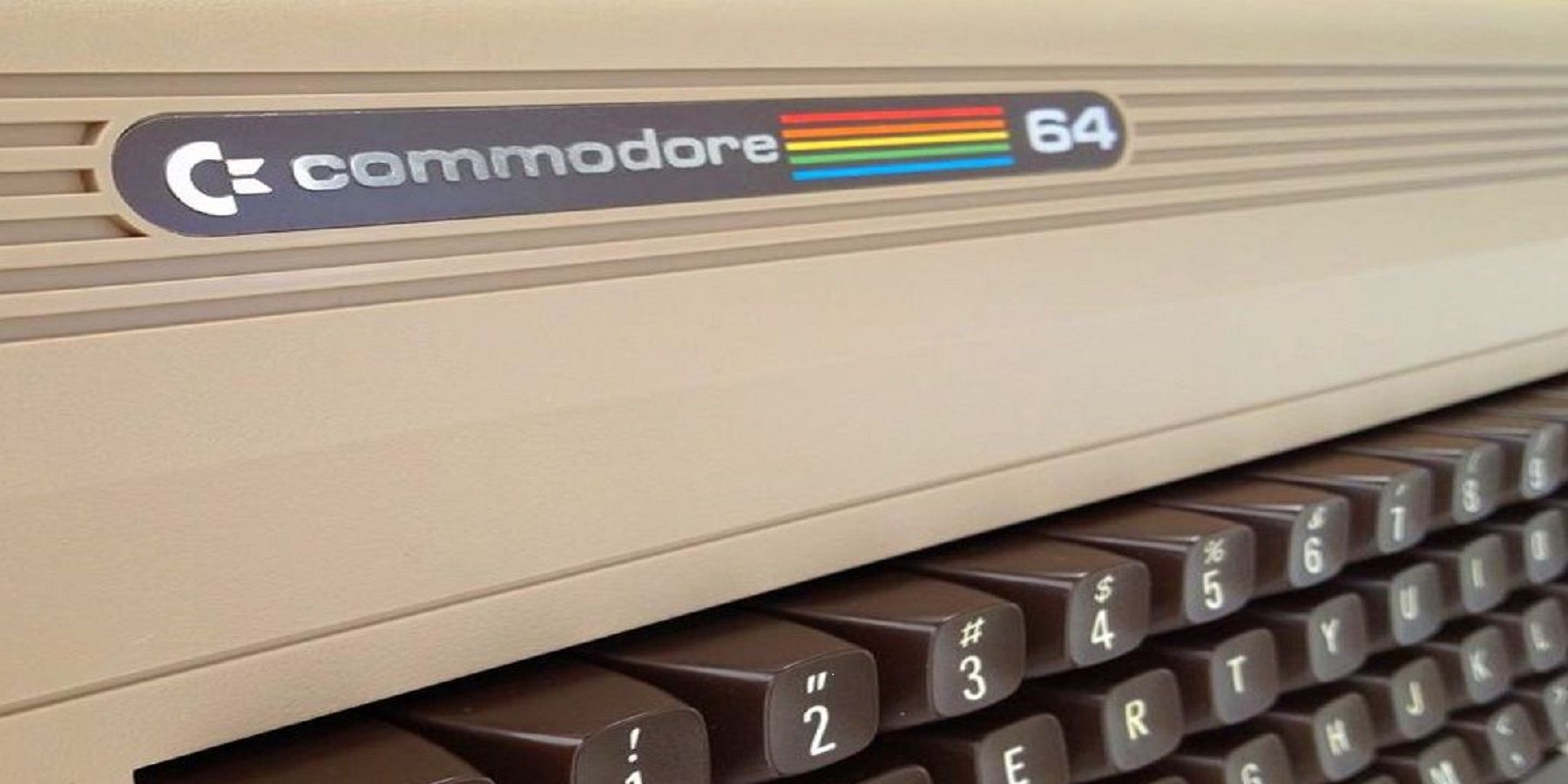Video games are still a relatively new form of media and have evolved so quickly that modern game consoles far outclass consoles released even just a decade ago. The rapidly evolving nature of games also means that once a console generation ends games typically stop releasing for that platform or to that device's lower specifications. This means that the different eras of gaming are clearly separate and defined, making them perfect for a museum exhibit.Gaming museums allow both novices and experts in the topic to walk through that subject's history and see its evolution. With the subject’s history laid out clearly, visitors are able to notice the similarities and parallels across each newer piece of technology. In an age of digital media that can be removed or erased, such as the Nintendo 3DS and Wii U store closures, gaming's history is increasingly difficult to maintain.Unfortunately, collections that can take decades to build up can still be lost in an instant. This is what happened to the Mariupol Computer Museum, which was destroyed during Russia’s continued bombing of Ukraine. The owner of the museum, Dmitry Cherepanov, is currently safe but has lost not only his passion project of the past 15 years but also his home.
The museum collection held over 500 items from gaming and computer history, spanning back to the 1950s. Dmitry Cherepanov was not only the museum's proprietor, but also restored many items in the collection himself. Clearly very passionate about maintaining gaming history, Cherepanov wrote in a post on the it8bit Club Facebook page “all that is left from my collection that I have been collecting for 15 years is just fragments of memories.” The war has affected many that work in the games industry because Ukraine is home to many development studios, and some of these game developers have had to flee from Ukraine.
Russia's invasion of Ukraine has been condemned by many companies in the gaming sphere, with some like CD Projekt Red donating to help Ukrainian humanitarian aid. Hundreds of Ukrainian civilians have been killed in the conflict and over three million have had to flee their homes and the country itself. The Mariupol Computer Museum’s destruction is just one in these millions of examples of people being forced to abandon their passions and their homes in order to remain safe.
Though a single gaming museum doesn’t compare to the other casualties caused by an invasion of this scale, it is an example of the kind of loss that is often never heard of again once a war is over. Reparations are often paid at the end of a conflict, but a home and 15 years of work on a passion project are not something that can be compensated.
Source: Kotaku

